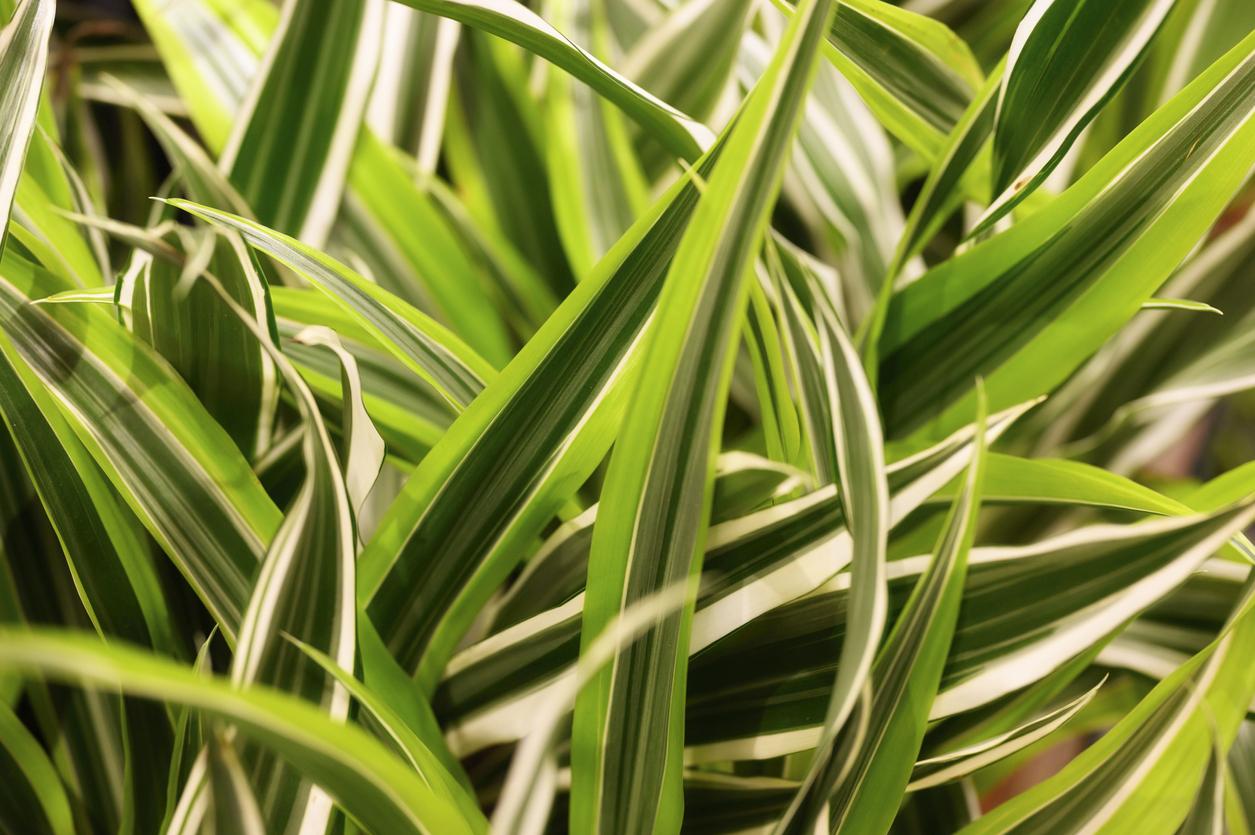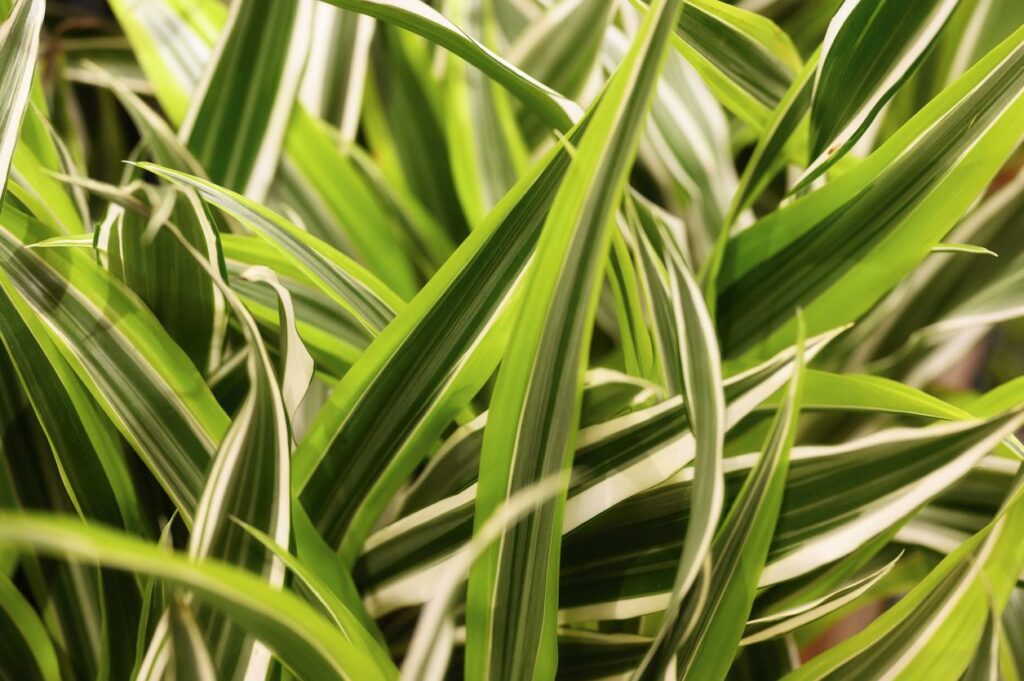Dracaena Warneckii: How to Care For The Striped Dracaena Houseplant
What interests you the most in indoor plants? Is it their ever-dazzling foliage, or their aptitude to grow stoutly over the years? If the answer is both, then you can never go wrong with most members of the Dracaena family. But since it would be strenuous to do a trial and error on all the varieties, it’s best to narrow it down to the most popular and easy to care for. In this guide, to be precise, we’ll check out all you need to get clued up on, to elevate the interior landscape in your home by growing and nurturing the Dracaena Warneckii plant.
Some Fun Facts About the Dracaena Warneckii Variety
The eccentric features about all dracaenas are they’re slow-growing plants and thrive even under intense solitude. It forms foliage that grows in a bushy pattern and develops whitish or gray strands on the leaves that make this indoor-compatible plant a sterling beauty throughout the growing seasons.And that’s why it’s sometimes labeled as the “striped dracaena” across many gardening stores. What also makes this plant a great choice for filling up that idle space you’ve reserved for houseplants is its natural habit to grow upwards and form sharply-edged leaves that tend to remain evergreen.
Quite interestingly, the stripes also keep their gleaming effect pretty intact even when the dry months come hammering. Growing this variety doesn’t come with a stiff learning curve. Being a cultivar that’s native to the tropical parts of Africa, it’s nearly faultless to suggest that the Dracaena isn’t hard to please. And same as its cousin, the Dracaena Lemon Lime, it can do well in a room where there’s indirect bright light.
Dracaena Warneckii Caring Tips
Light & Temperature
While this plant prefers indirect sunlight exposure, it can also do well under fluorescent lights. If you want it to have the most colorful foliage up against your other collection of houseplants, avoid placing this variety in a position where there’s optimal access to UV rays since the leaves will get scorched.It’s also ideal to grow your striped dracaena under temperatures between 15-25°C. Low temperatures cause this plant to experience low enzyme activity, and in the long-run, it’ll ruin the entire nutrient intake process.
Soil & Transplanting
Sandy loam that’s amended with compost makes the best soil structure for the growth of your dracaena plant. To make it more compact and boost the aeration process, you can add peat moss. It’s worth noting that the type of soil you need to use while potting your plant, should have a gritty texture to help with the drainage process. You also want to make sure the soil pH is between 6-7. To get an accurate reading, you can make the best use of the soil test kit. This cultivar can stay for up to 3 years before it outgrows its initial pot. So, you won’t need to transplant it every so often.
Watering & Humidity
Almost all dracaena varieties prefer soil that’s not moist for long hours. You’ll, therefore, need to stretch out the watering intervals—to give the soil enough drying period. If your dracaena is growing in soil that’s too wet, it will lack oxygen and lose its vigor since the roots which are responsible for nutrient intake, will begin to rot and die-off.If the leaves of your plant are turning yellow, while the young ones look brown, those would be some of the early signs to show that your plant is suffering from too much moisture.
The topsoil might also turn green to indicate that it’s infested with algae. Inversely, if you give your plant too little water, it might begin to exhibit similar signs, but the most dominant one will be the wilting of leaves. Dracaenas tend to cope with typical room humidity levels, ideally those between 40-60%.
Fertilizer
You don’t necessarily need to fertilize dracaena every now and then. For best results, wait for spring or the early weeks of summer to kick in since these two seasons are when your dracaena plant gets at its peak growing cycles. Use a well-balanced fertilizer on your houseplant and be careful not to overdo it so you don’t make the soil have high salt concentration or kill the beneficial microorganisms. The leaves will depend on a significant amount of nitrogen to develop a radiant-green and well-structured foliage.
How to Propagate Your Dracaena Warneckii Plant
One of the most viable ways to propagate your dracaena plant is through stem cuttings. To prepare the cuttings for propagation, you need to:
- Use a sharp and sterilized knife or pair of scissors to dissect a few stem cuttings that look fresh and healthy from the parent plant.
- Make sure the stem cuttings are at least 8cm long and leave them to dry before planting them into their new growing media.
- You may want to use some rooting hormone to jack up the growth rate of roots.
- Before using the rooting hormone, take note of which side is the base and which is the top.
- Place the base parts of your cuttings in a jar that’s, say, 1 liter full of water.
- Regularly inspect the step cuttings to see whether some whitish nodules are forming on the edges of the base part. Soon enough, they’ll develop into long and nutrient-absorbing roots.
- Prepare the potting soil using the preferences we made under the soil and transplanting section right in this guide.
- You can add an all-purpose and peat-free compost on the topsoil to make it nutrient-rich.
- A few weeks later after planting your new cuttings, you might see some greenish shoots emerging through the bark.
Common Pests & Diseases
This cultivar is a hardy one and fights off extreme conditions alongside the most common diseases that often stunt the yield in many houseplants. Apart from mealybugs and spider mites, there aren’t any other serious pests you’ll practically need to deal with, so long as you keep pace with the right growing requirements your dracaena plant desperately needs.

